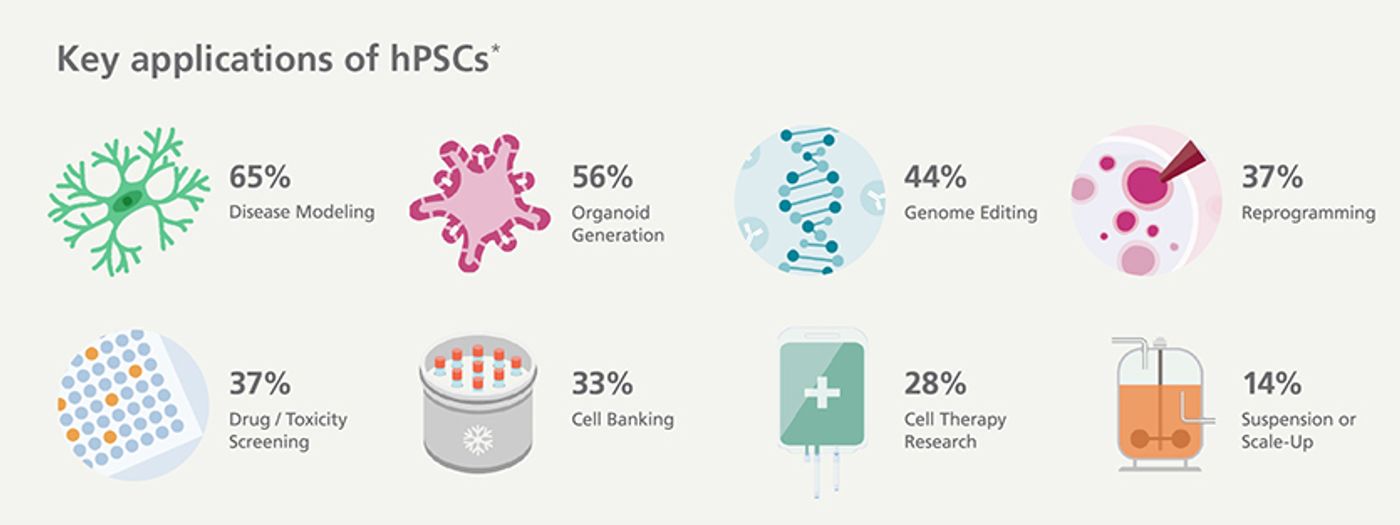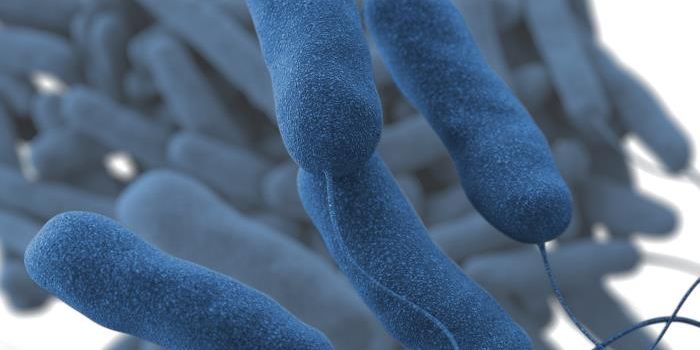Survey Results: Where Is Pluripotent Stem Cell Research Now?
Human pluripotent stem cell (hPSC) lines are now commonly used across the globe. In the lab, researchers rely on hPSCs to uncover answers about human development, to study the effects of drugs, or as a tool to delve deeper into human disease. As the body of knowledge around these cells grows, it is increasingly challenging to keep track of best practices, including standards for handling and information reporting. These discrepancies have downstream impacts on the reliability and reproducibility of research outcomes. Understanding the current state of hPSC research is the first step toward a collective effort to improve as a field.
At the beginning of 2020, STEMCELL Technologies conducted a survey asking scientists to help highlight the needs and challenges in the hPSC field and to gather ideas on how to achieve greater reproducibility. Here are highlights from the survey report, which shares some of the most interesting insights and trends polled from over 550* scientists.
Read the full report here.
hPSCs Are Used for a Diverse Range of Applications
The spectrum of research involving hPSCs ranges from fundamental research to the clinic. Researchers are actively contributing to knowledge sharing, with 85% of respondents planning to publish in the next two years. Researchers are also hard at work developing new models, initiating clinical trials, and filing patents for novel technologies.
More mature models of neural and cardiac cell types were well represented in the mix. However, new protocols are being continually developed to expand the potential of hPSCs to model an increasing range of cell types.
*Participants had the option to select multiple answers. Percentages represent the proportion of total respondents who indicated each answer.
Is Reproducibility Still an Issue? Most Say, “Yes.”
When respondents were asked if reproducibility is a major concern in the field, 85% of researchers agreed or strongly agreed. To learn more about why, we asked about the different factors that might contribute to irreproducibility, and the most frequent responses were cell line variability and inconsistent or incomplete reporting. While other factors were rated as less critical, the vast majority of respondents still agreed that each factor contributed to some extent.
Managing cell line variability during maintenance can be tricky, especially as most labs reported maintaining between 5 - 30 cell lines at any given time, with some respondents reporting over 500. While variation between cell lines is to be expected, proper reporting and standardized quality control measures can help limit variability and ensure that relevant findings are shared. To find out which quality checks were being considered as “critically important”, read the full report.
Best Practices for hPSC Quality Are Lagging
To ensure the quality and consistency of downstream applications, it is critical to properly characterize your cell lines. A clear majority of respondents consider various cell quality attributes such as pluripotency, gene and marker expression, genomic integrity, and cell line identity as critically important. However, many people are only performing a subset of screening tests. These tests may not be sufficient to determine the quality of hPSCs.
To see more data and gain deeper insights on the barriers to hPSC quality control and how you can overcome them, download the full report.
*Note: This survey included both scientists currently using pluripotent stem cells in their research and those who have not yet started. Questions on current stem cell maintenance practices were omitted for the latter group and thus were completed by a total of 480 respondents. Responses were primarily submitted from North America and Europe, with 8% from Asia and less than 2% from all other regions.











